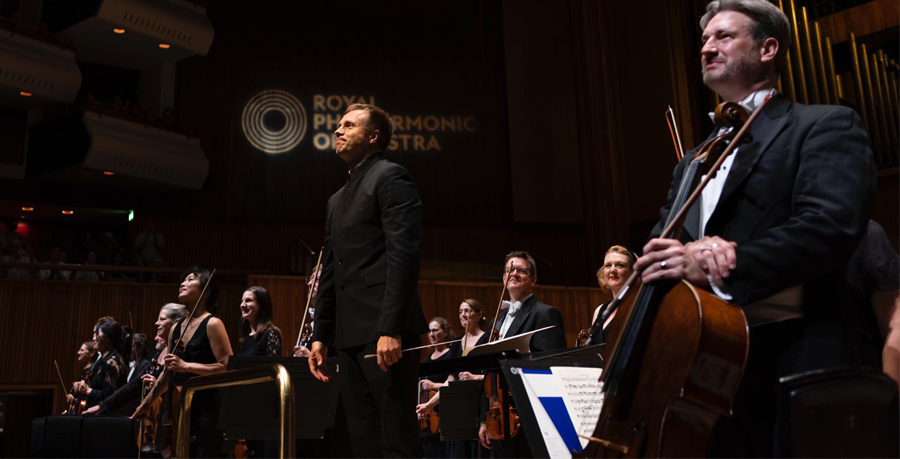On Wednesday 25 June we brought our 2025–26 Series, Lights in the Dark, to a close at Southbank Centre's Royal Festival Hall. Conducted by our Music Director Vasily Petrenko, the first half consisted of two rarely-performed pieces from early twentieth century, Dorothy Howell's Lamia and Florence Price's Piano Concerto in One Movement, and the second half brought the house down with Tchaikovsky's Fourth Symphony.
Read on to see photos and reviews from the evening.
All photos © Frances Marshall
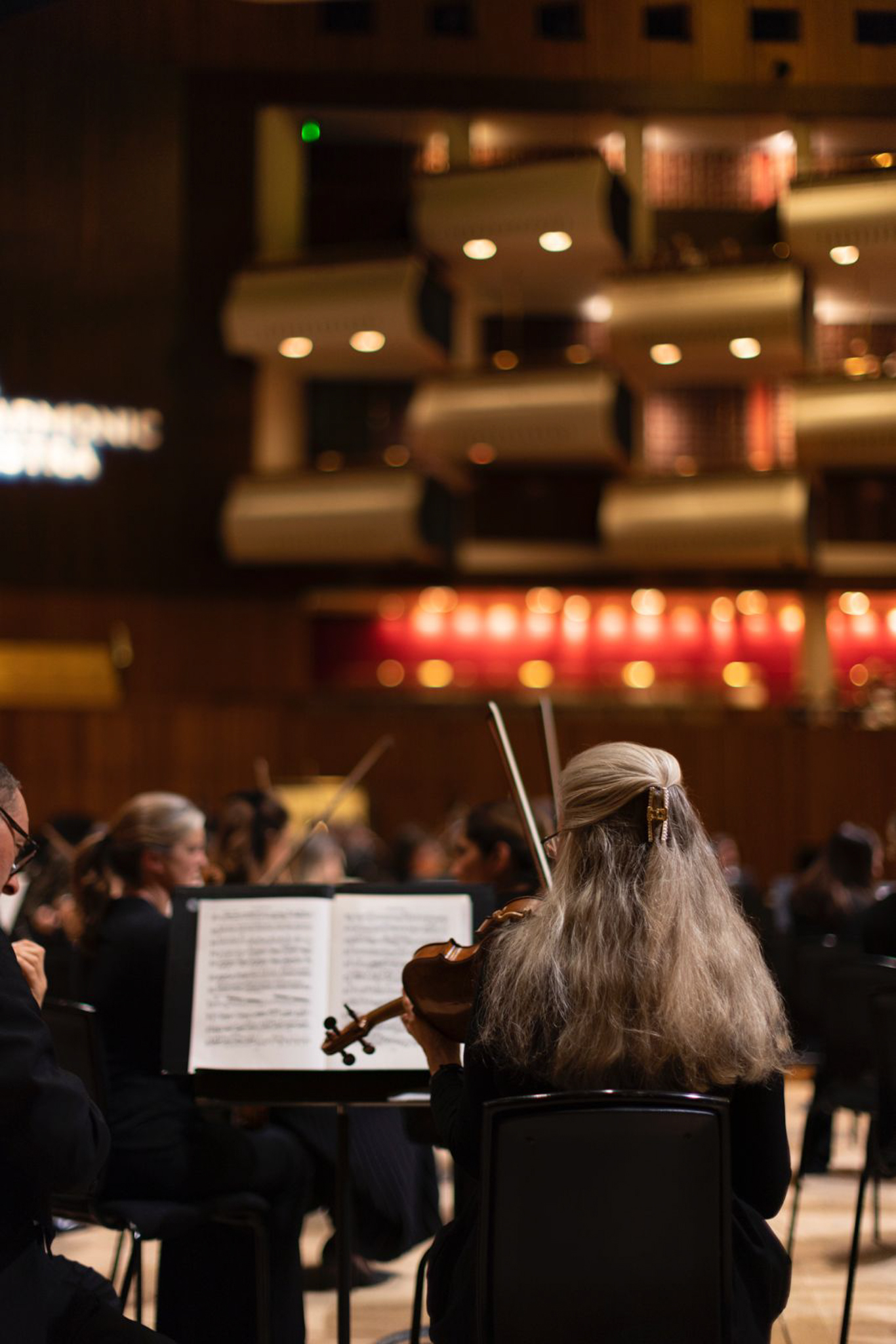
Vasily Petrenko opened the concert by introducing the programme, linking the otherness imposed onto the composers by social prejudices, and commenting on Tchaikovsky's grappling with doubt and uncertainty throughout his life.
"In the Fourth Symphony, he's still full of hope... In the end you see jubilation and a celebration of life, almost as if to say 'we are here forever', if not physically then spiritually."

Dorothy Howell's Lamia might not be well known by audiences today, but if you attended Henry Wood's Proms in the 1920s and 30s, there's a good chance you would have heard it at least once. Premiered in 1919, the conductor programmed the piece seven more times between 1921 and 1940, but it fell into obscurity after the war. Based on John Keats' poem of the same name, this symphonic tone poem mixes English pastoralism with continental impressionism in recounting the mythological tragedy of the snake-turned-woman Lamia, represented by the flute, and her lover Lycius, represented by the oboe.
"The RPO, individually and collectively, played (as they so often do) as if they were extensions of Petrenko’s arm." Seen & Heard International

"[Vasily] made the most of Howell’s imaginative and classy writing for wind." Classical Source

For Florence Price's Piano Concerto in One Movement we were joined by soloist Jeneba Kanneh-Mason, making her debut with the Orchestra. Premiered in 1934 in Chicago, the score was lost after her death in 1953, which has been rediscovered and reconstructed only recently. Incorporating music associated with Juba dance, a tradition developed on slave plantations, and Dvořákian orchestration, the Piano Concerto is a unique work in the American symphonic canon.
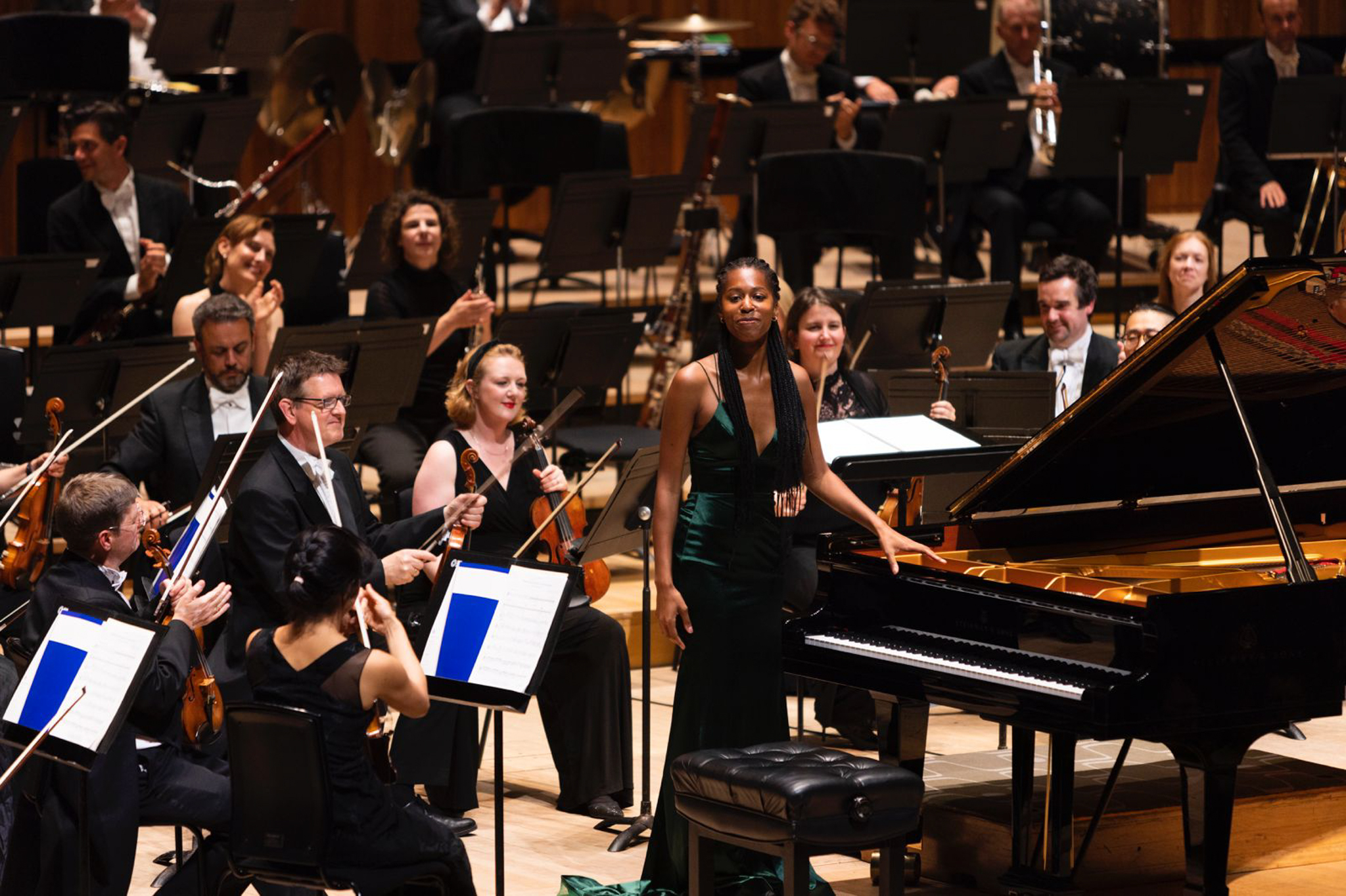
"Kanneh-Mason’s spirited performance was applauded with great enthusiasm." Seen & Heard International
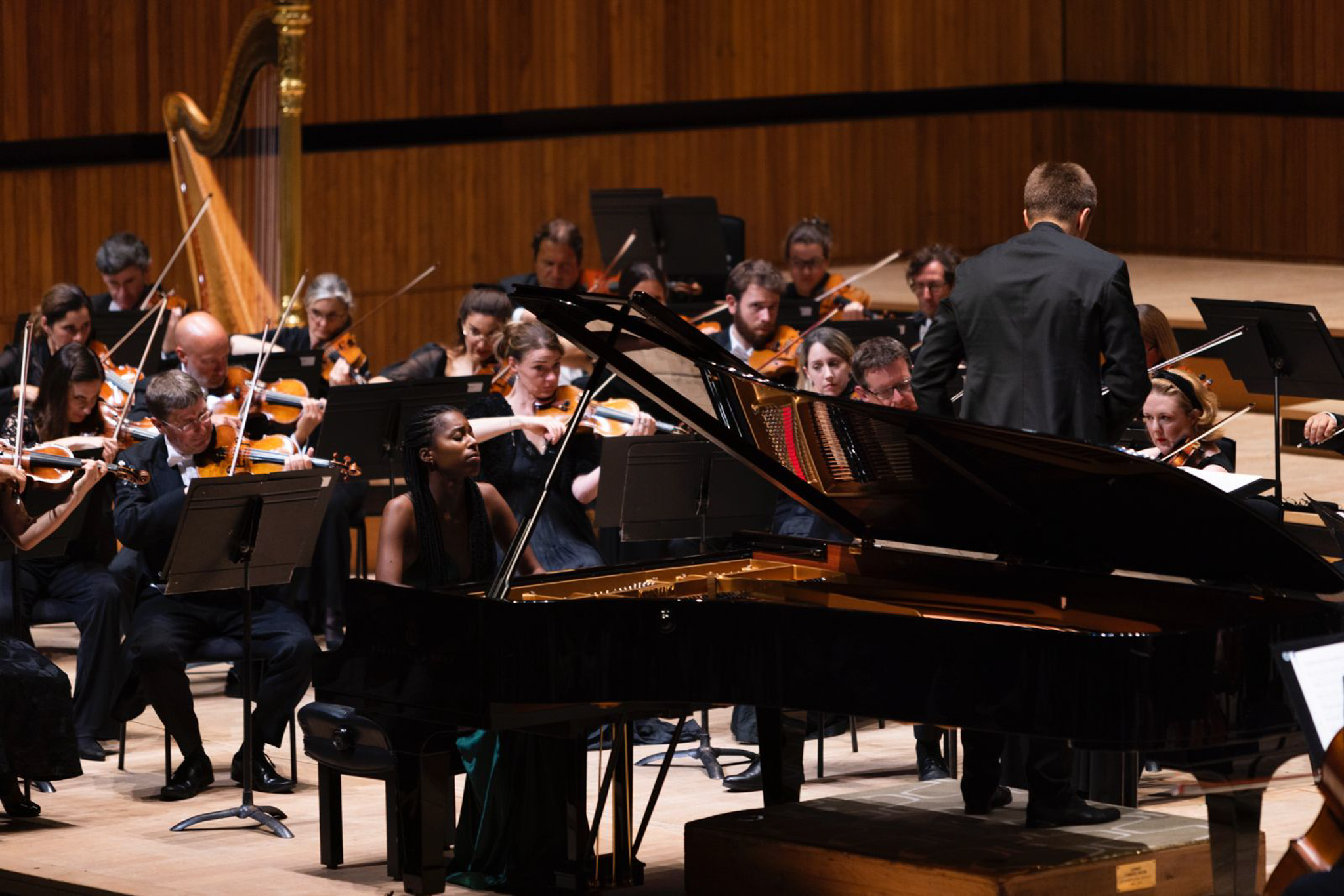
Jeneba played the third movement from Prokofiev's Sonata No.7 for her encore.

Closing the concert and the season was Tchaikovsky's Fourth Symphony. The composer, who never quite felt at home in late Imperial Russian society nor truly satisfied with his creative achievements, returned again and again to the theme of insurmountable fate, represented in the Fourth Symphony by a motif in the horns announced in the opening of the first movement. The theme repeatedly interrupts moments of happiness and calm, but it is finally overcome in the final movement with overpoweringly defiant music; Tchaikovsky in his letter to his patron Nadezhda von Meck about the Symphony wrote of the desire to banish his doubts and insular, pessimistic thoughts from his mind: "Reproach yourself, and do not say that everything in this world is sad. Joy is a simple but powerful force. Rejoice in the rejoicing of others. To live is still possible.”
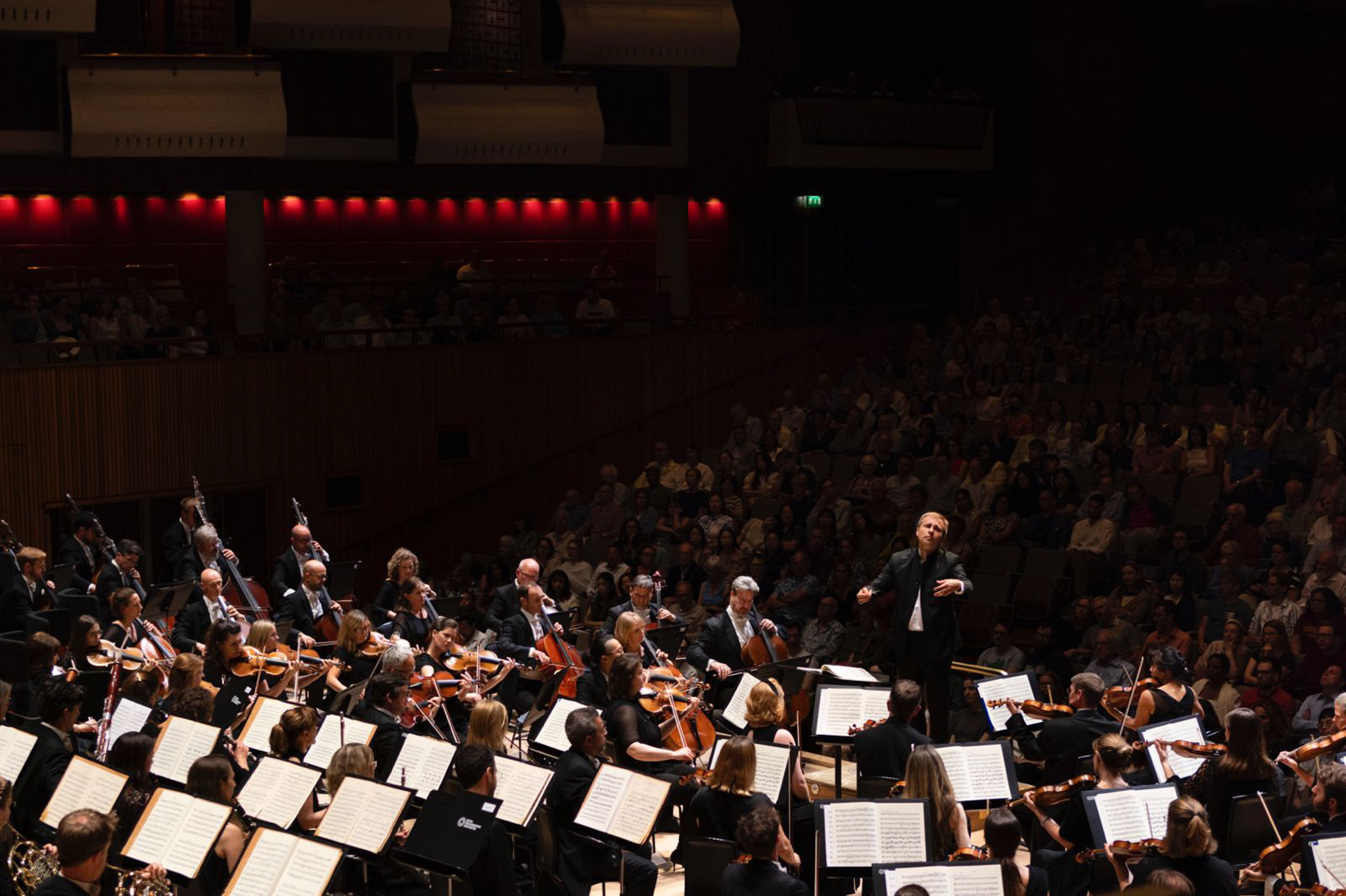
"What remained was simply astonishing. The pizzicato strings of the third movement displayed ideal flexibility and unanimity at pace while the contrasting woodwind-led trio had the authentic rawness of the old Leningrad Philharmonic or some hyper-brilliant klezmer band." Classical Source
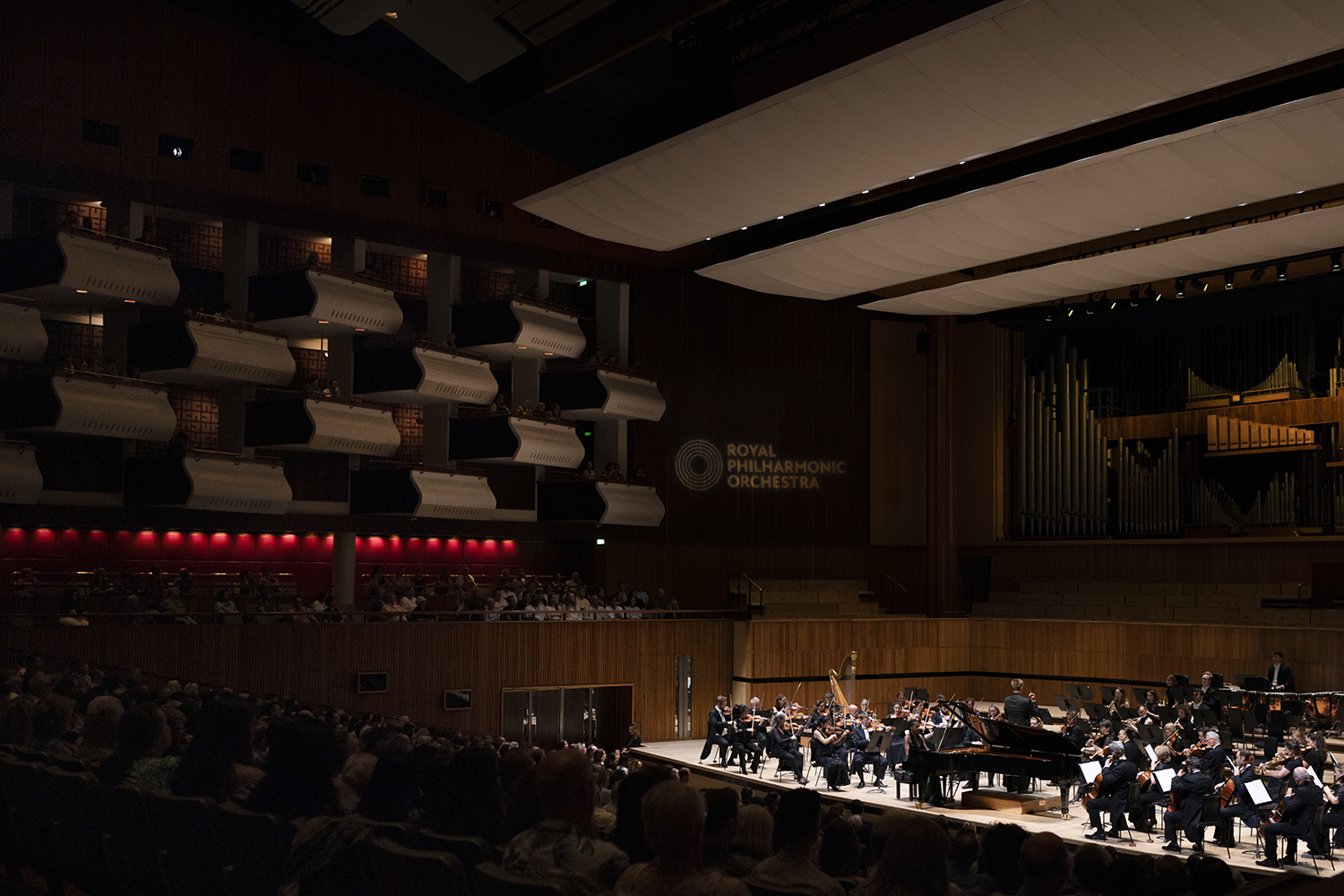
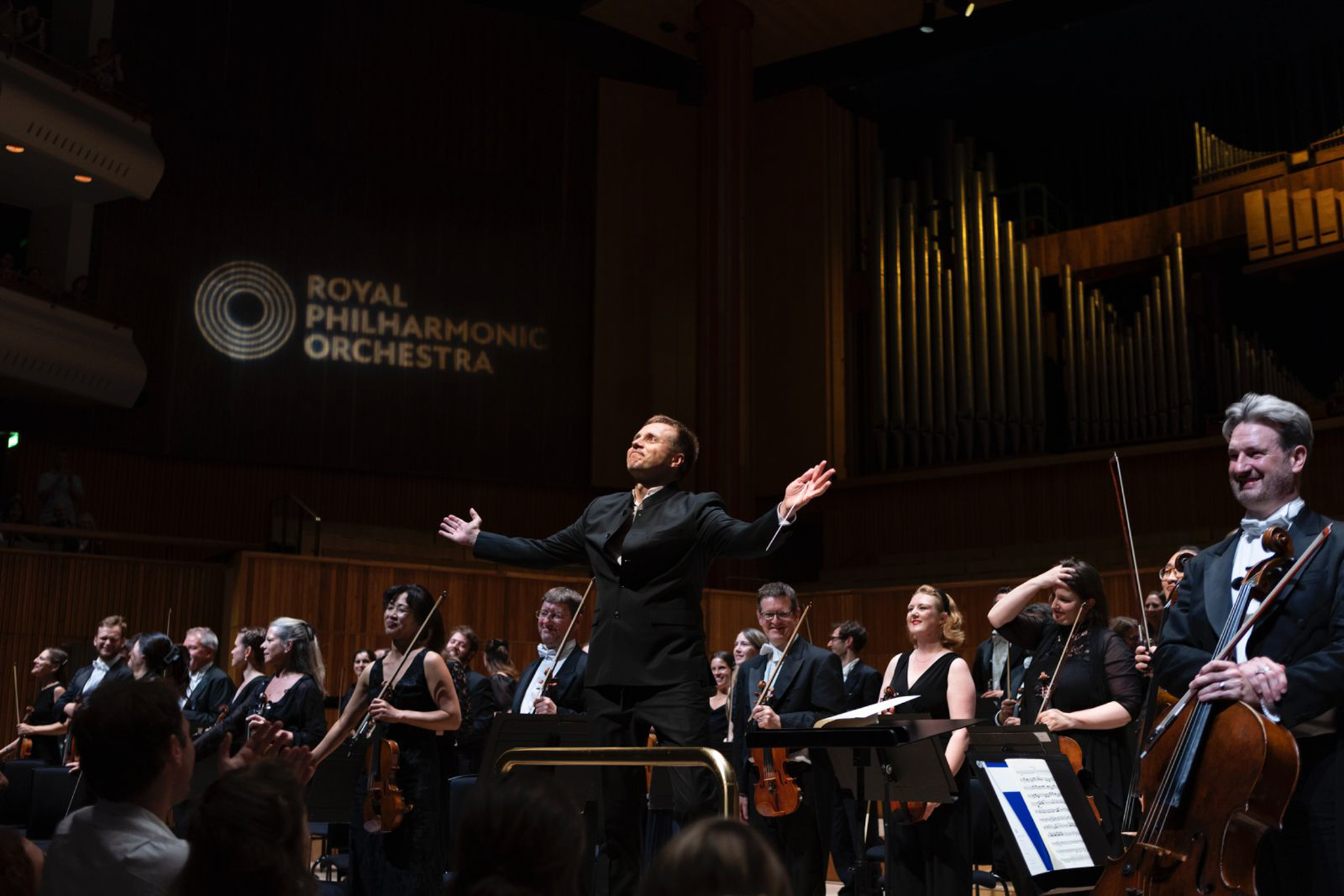
"[The Finale] was dispatched with terrific brio by a seething platform-width of strings, with winds, brass and percussion on crackling form, all the way back to the famously hyperactive cymbals. Whoops, cheers and a standing ovation." Seen & Heard International
Thank you to everyone who was there with us that evening. You can explore our 2025–26 season with Vasily Petrenko at Southbank Centre and the Royal Albert Hall by following the link below.
RPO x Vasily Petrenko 2025–26 London Season
Listen to our specially-curated playlists to discover more music by the composers featured in the Lights in the Dark series and the music they were influenced by.
All photos © Frances Marshall

